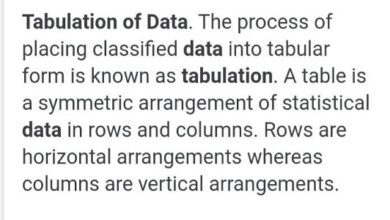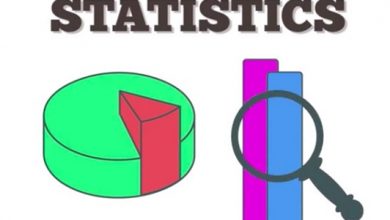Intentional sampling/example/where to use/Advantages/Disadvantages
Intentional sampling is a sampling technique in which the person in charge of conducting the research relies on his or her own judgment to choose the members who will be part of the study.
Intentional sampling is a non-probability sampling method , this occurs when “the elements selected for the sample are chosen by the criteria of the researcher.” It is worth mentioning that researchers often believe that they can obtain a representative sample using good judgment, which of course saves time and money.
Intentional sampling example
An example of intentional sampling is found when news reporters stop people on the street to ask about their opinions, for example, on a political issue or any other specific issue.
It is important to specify that the reporter has to have a specific criterion when choosing who will ask the questions in the street, if there were no previous criteria, it would not be an intentional sampling, it would be a random sampling .
Alternatively, the intentional sampling method may be more effective when the number of people who can participate in the research is limited.
For example, for an investigation that analyzes, for example, grief over the loss of a family member related to the person’s performance at work, the investigator can use his or her own judgment to choose whether or not it is prudent for the person to participate in an in-depth interview.
Where to use intentional sampling
Intentional sampling, also known as discretionary sampling or judgment sampling , is used to help answer the main question of an investigation.
Depending on the type of case, intentional sampling can be divided into the following six categories:
1.- Typical case . These are cases that are common and normal.
2.- Extreme case . Obtaining samples of this type of research can be perceived as something unusual or rare, an example of this can be exploring the reasons for corporate failure by interviewing executives who have been fired by shareholders.
3.- Sampling of critical cases . This focuses on specific cases that are often dramatic or very important.
4.- Heterogeneous or maximum variation sampling . This is based on the criteria of the researcher to select participants with various characteristics. The reason this is done is to ensure the maximum presence of variability within the raw data.
5.- Homogeneous sampling . This focuses on a particular subgroup in which all members of the sample are similar, for example, they have similar occupation, work in the same team, etc.
6.- Theoretical sampling . This is a special case of sampling that is based on Grounded Theory.
Advantages
1.- Intentional sampling is one of the most cost and time effective sampling methods.
2.- Intentional sampling may be the only appropriate method if you have a limited number of data sources that can contribute to the study.
3.- This sampling technique can be effective to explore anthropological situations in which the discovery of meaning can benefit from an intuitive approach.
Disadvantages
1.- Errors due to the vulnerability of the investigator’s judgment.
2.- Low level of confidence and high levels of bias.
3.- Inability to generalize the results of the investigation.


